Samsung Galaxy Book S review: ARMed and dangerous
So long, Surface Pro X - Samsung shows us how it’s really done
-
+
Thin, lightweight, fanless design
-
+
Good value
-
+
Great display
-
+
Astonishing battery life
-
-
Some x86 compatibility issues still remain

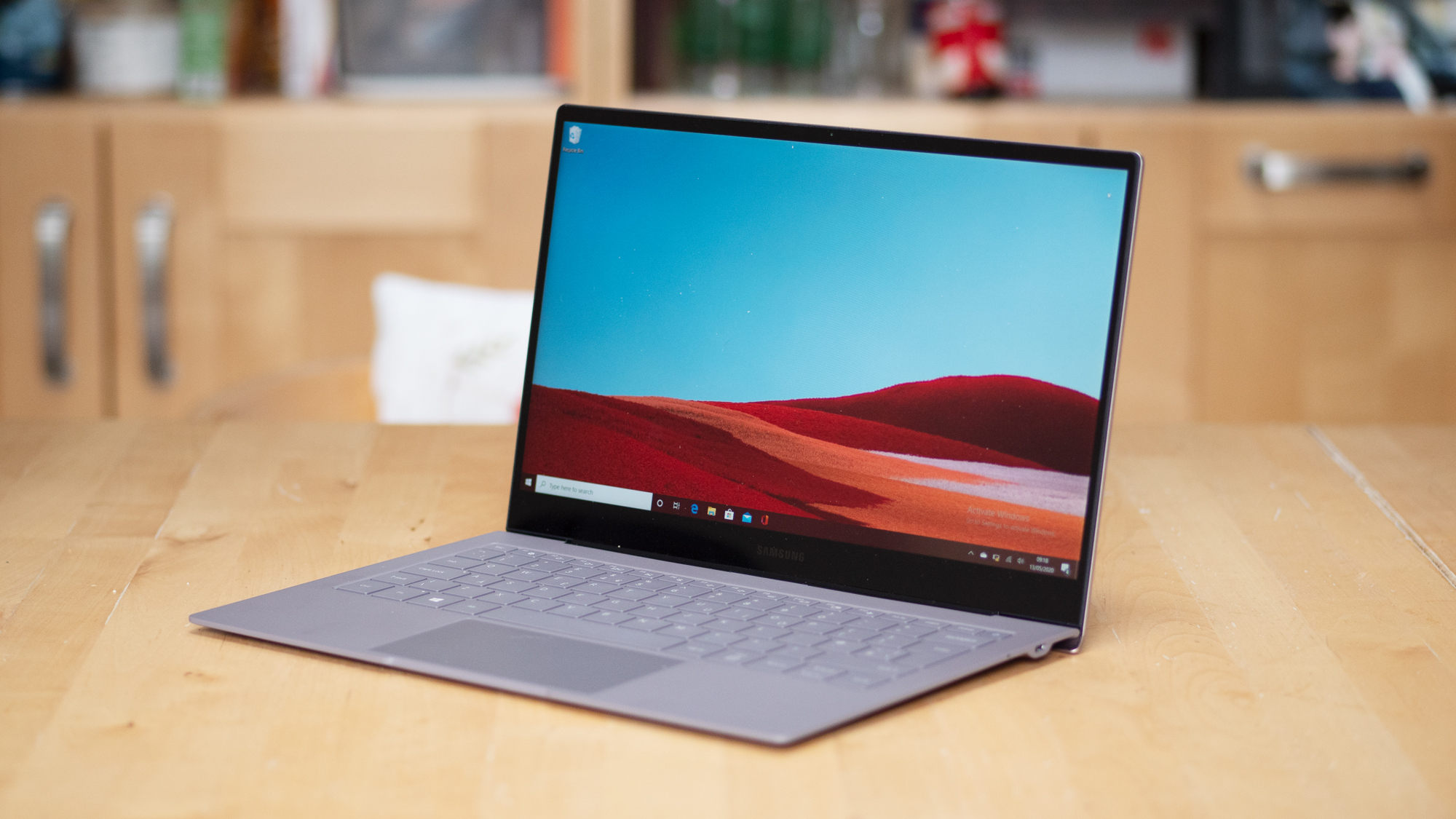
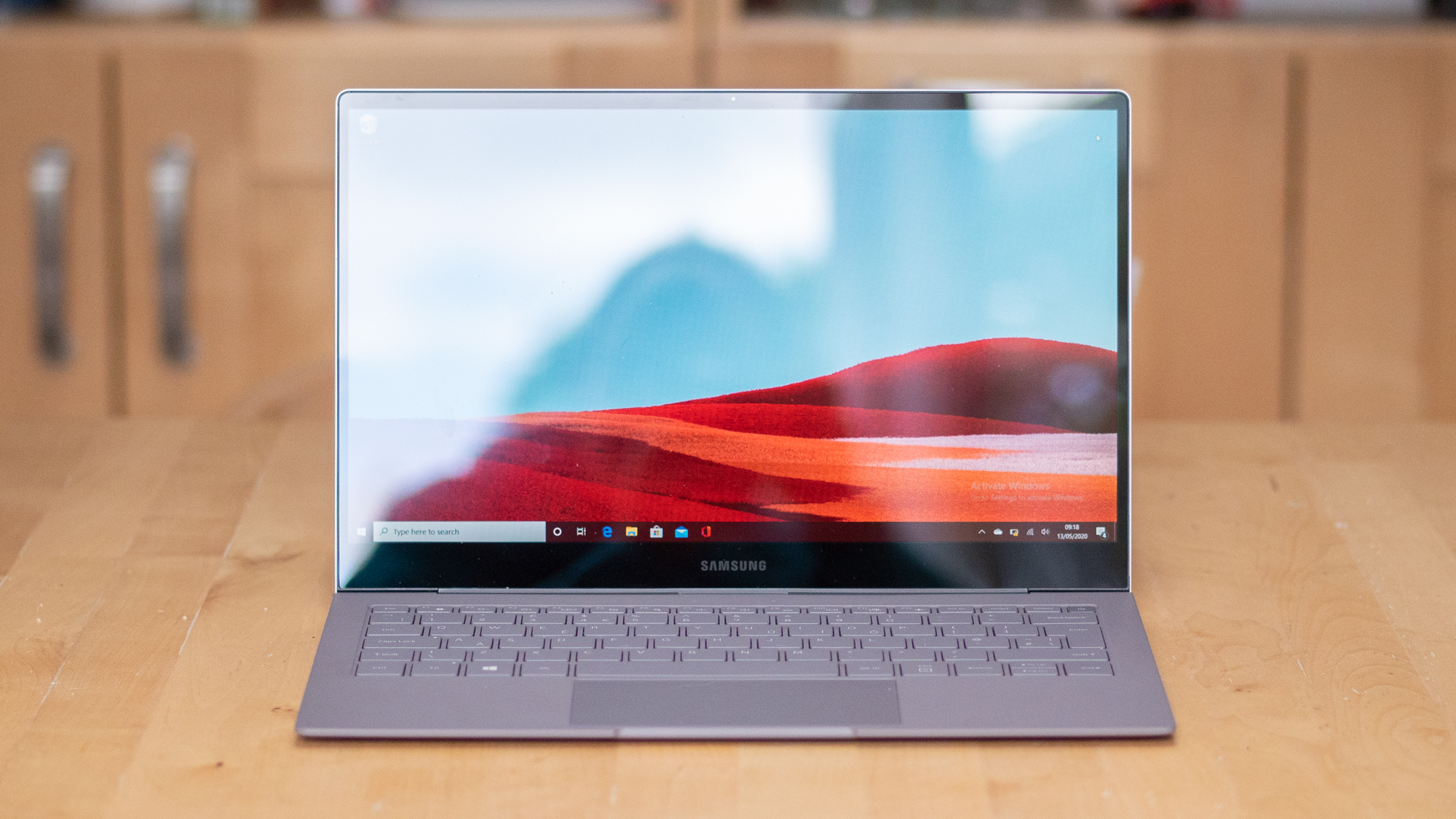
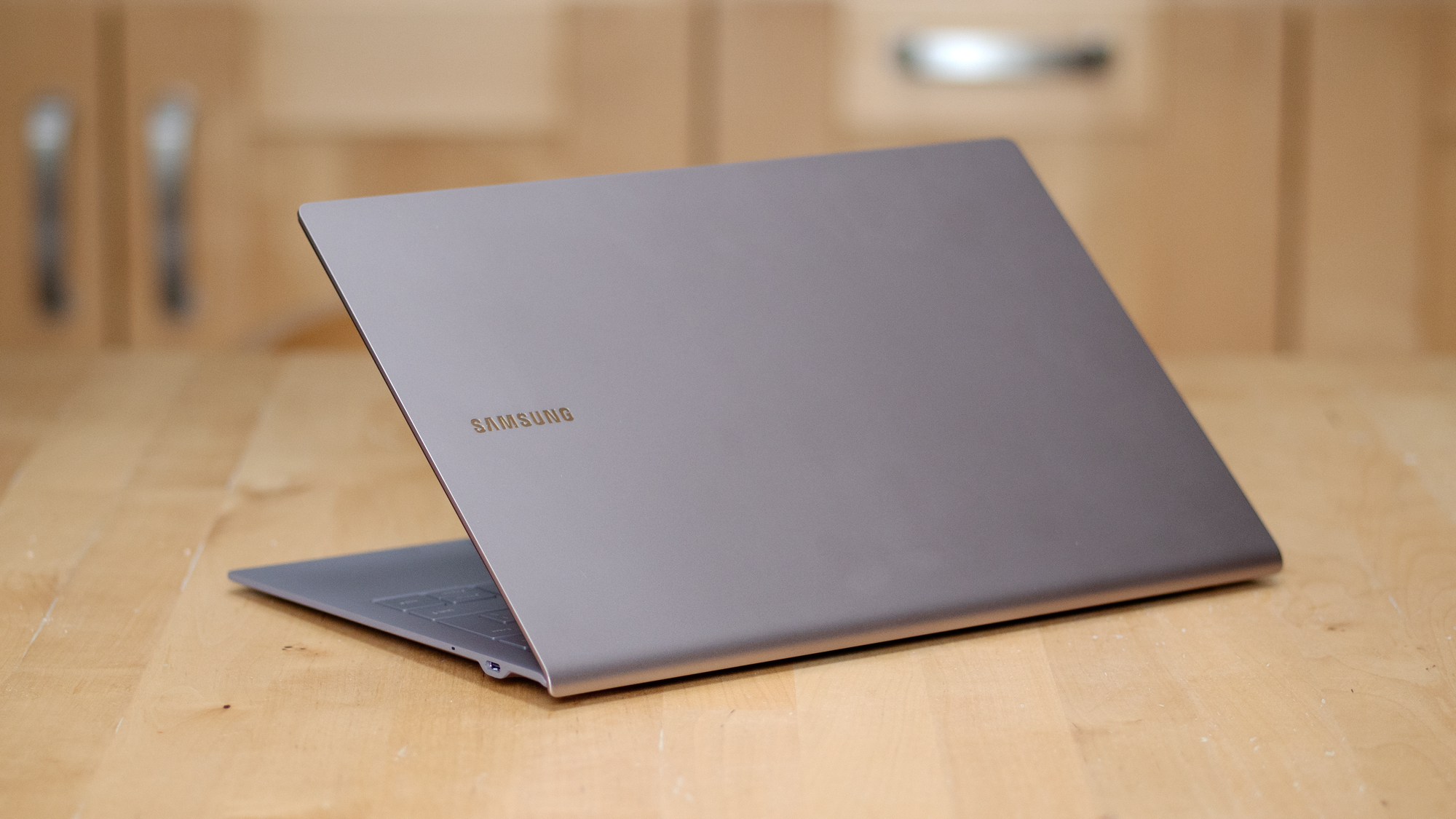
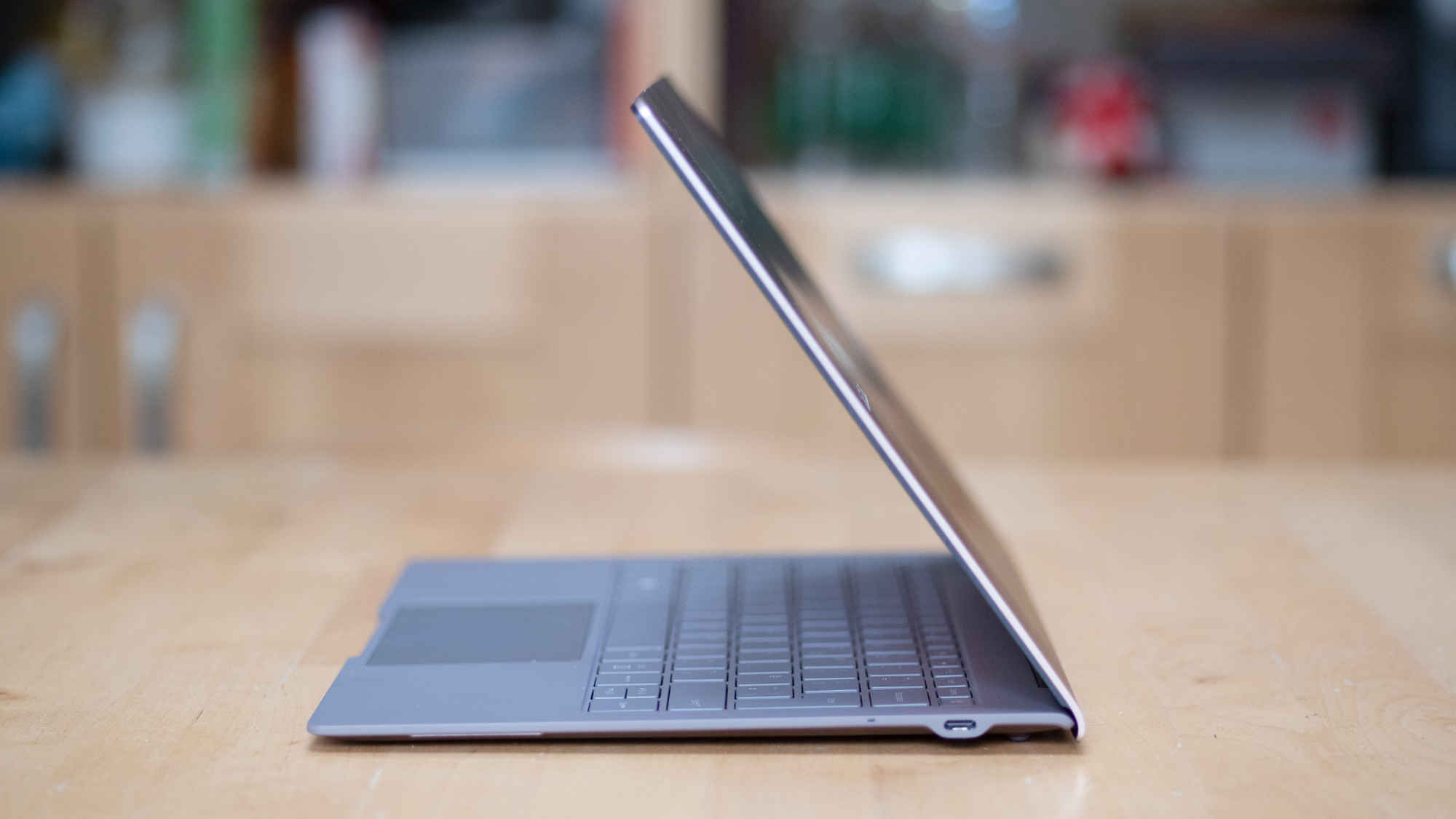
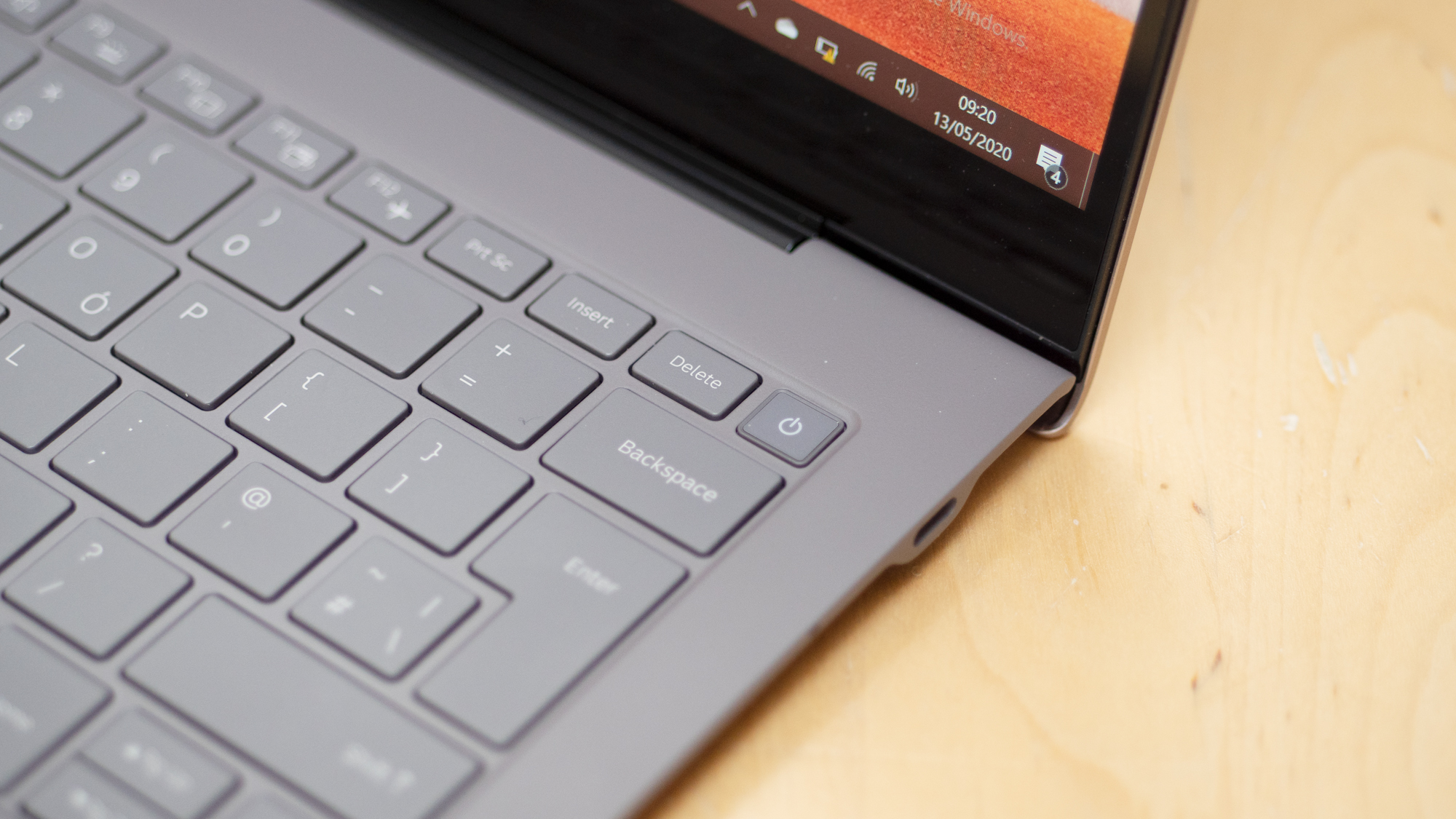
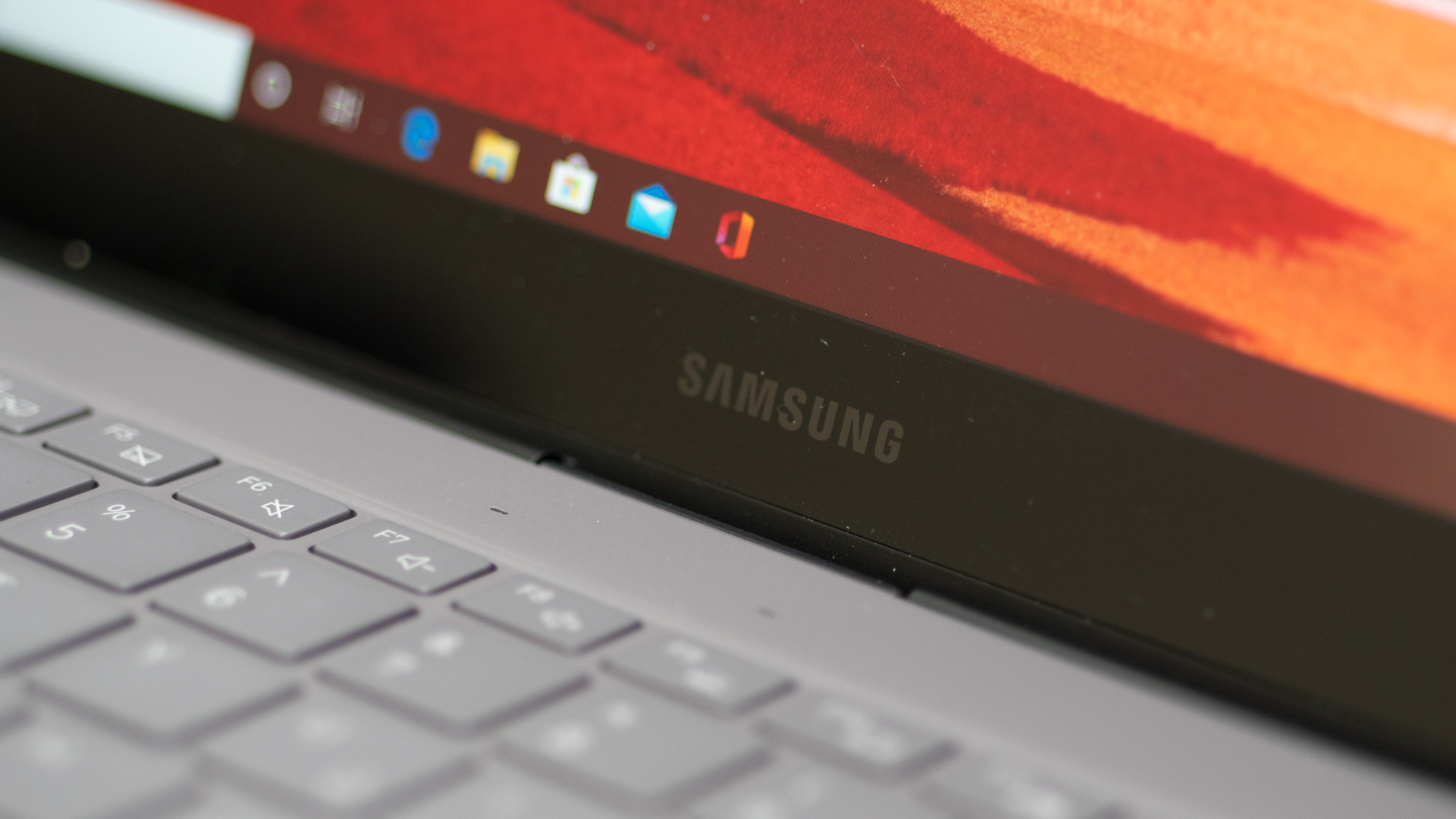
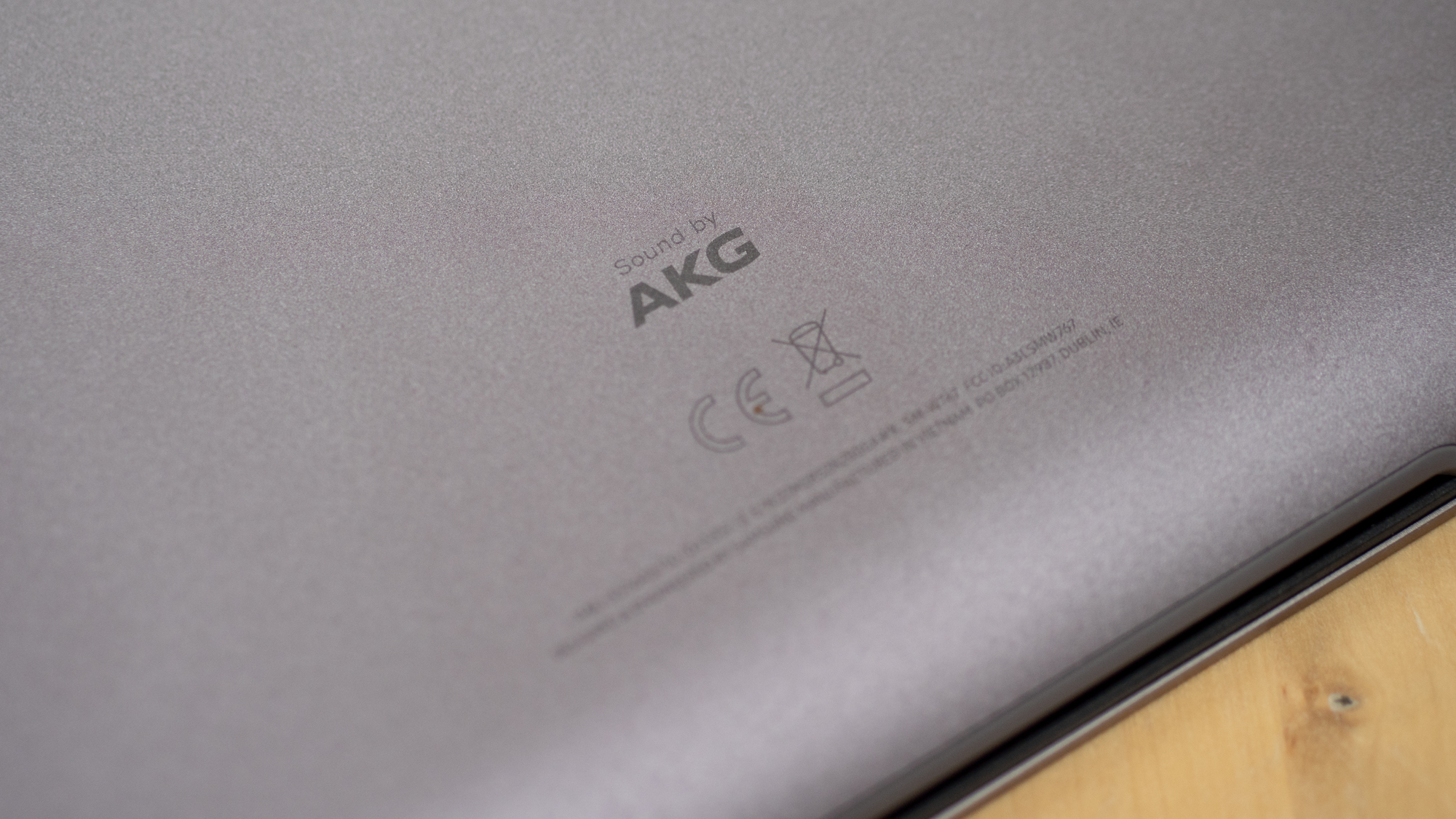
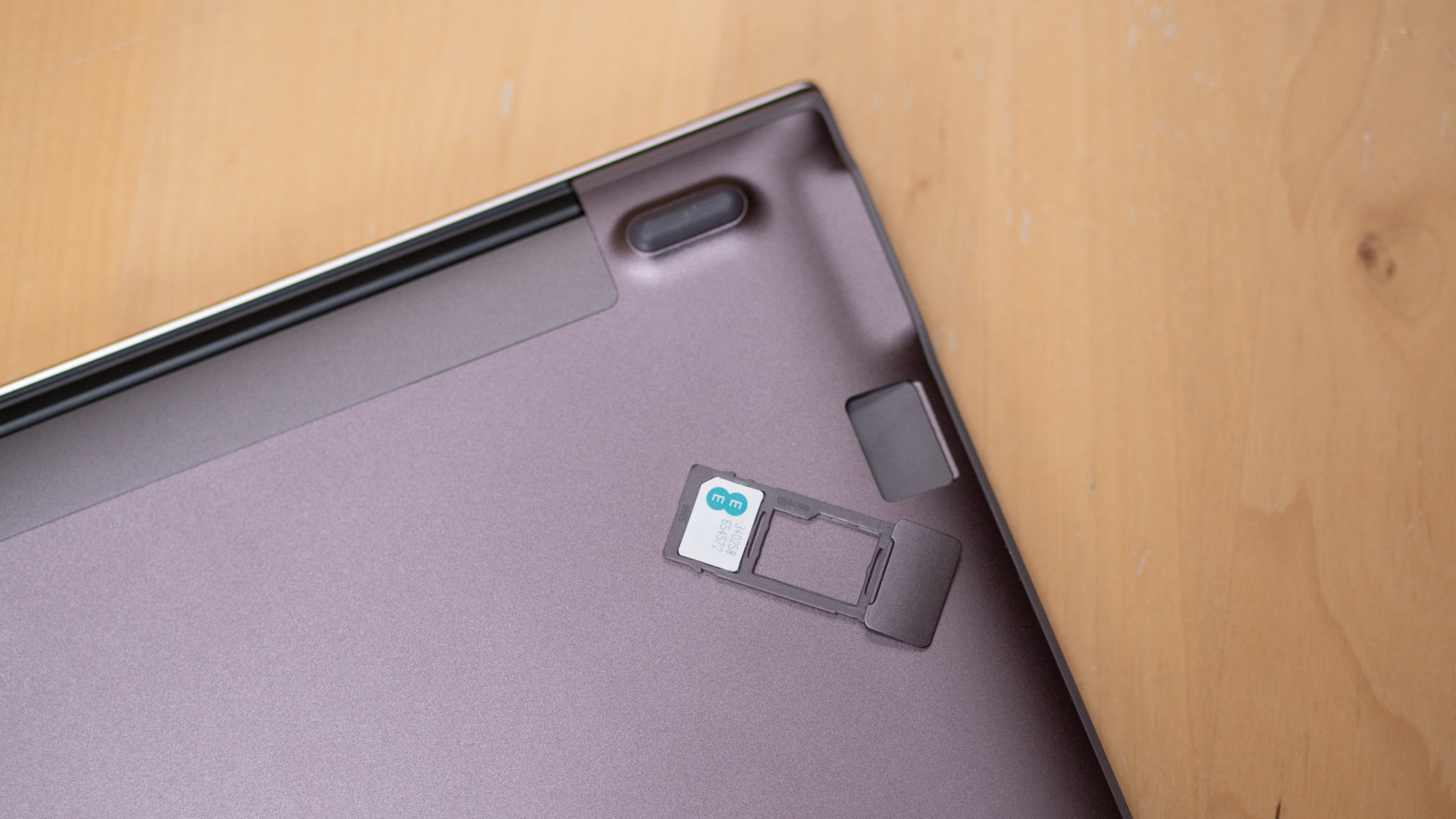
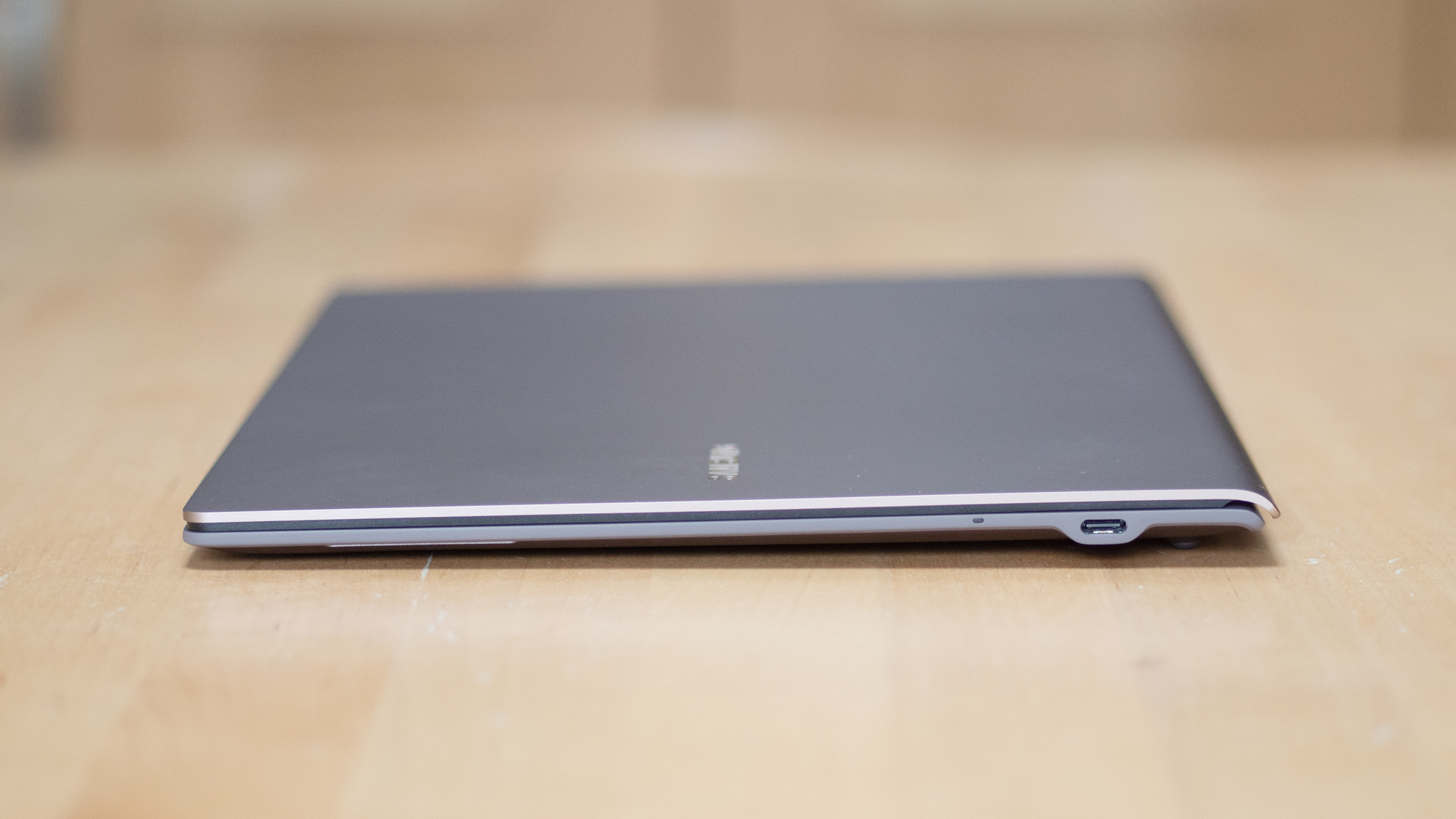
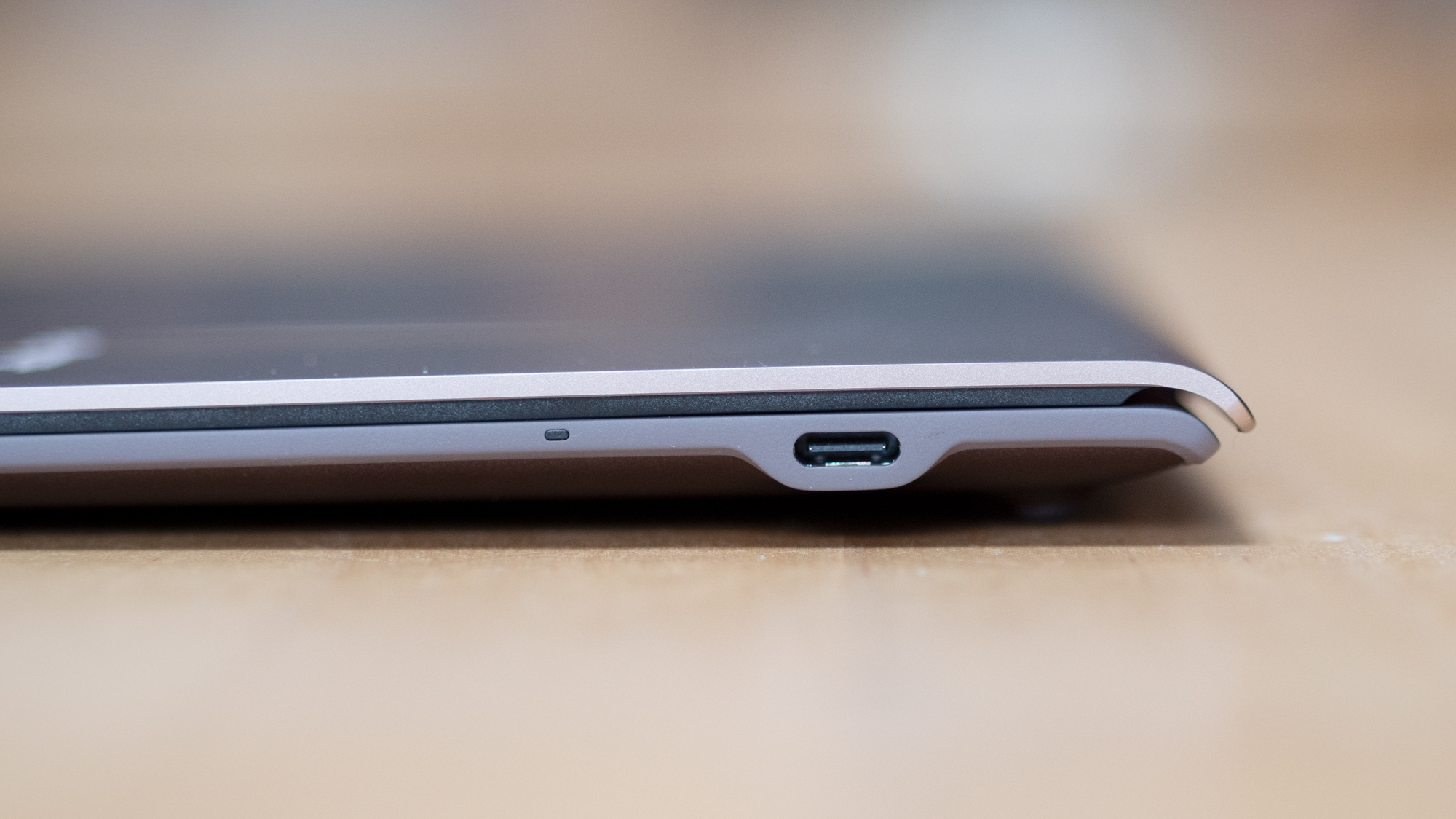
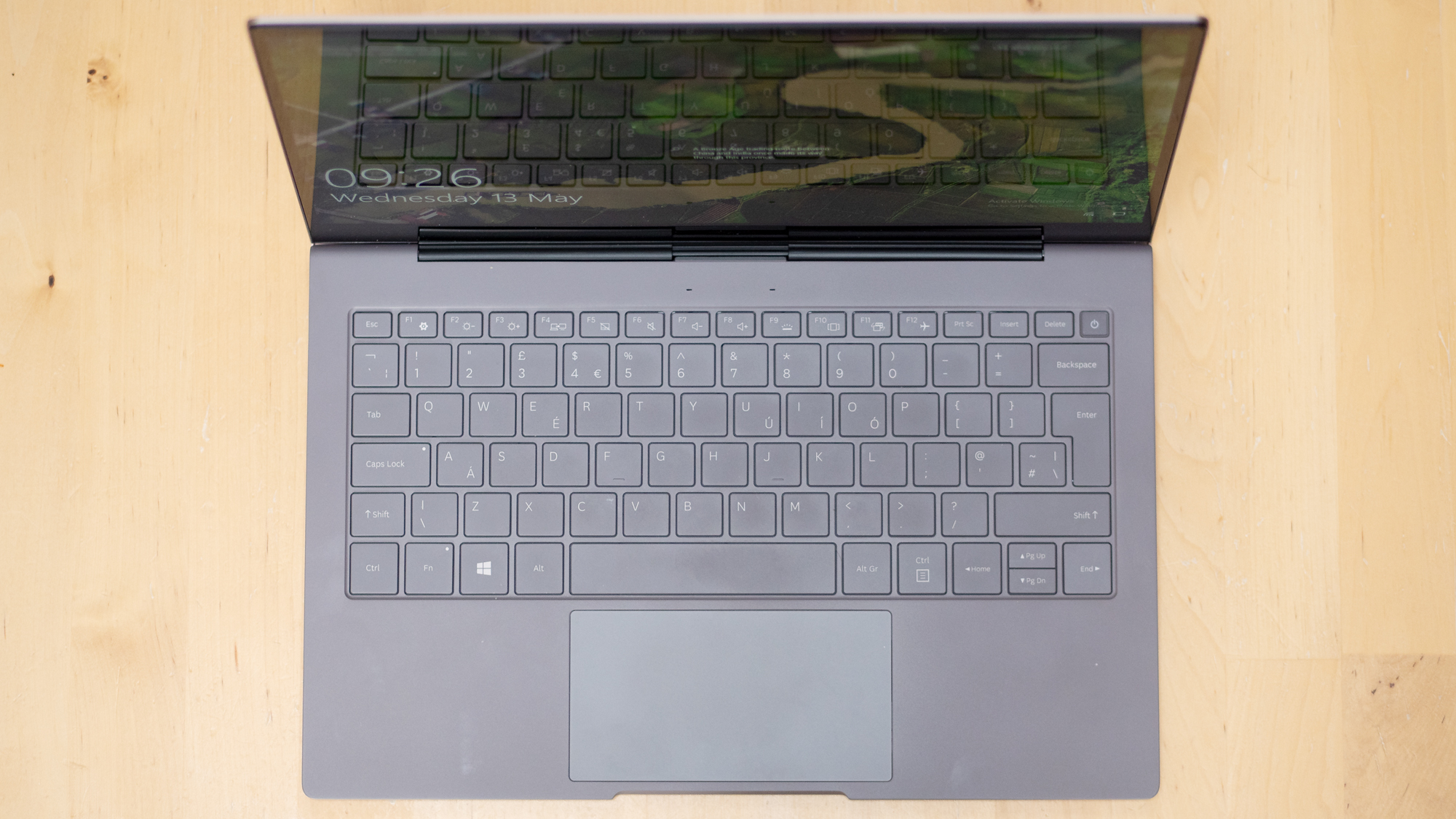
The grand experiment of ARM-powered Windows 10 laptops is slowly starting to creep towards fruition; we’ve already had the Surface Pro X, Microsoft’s own-brand effort, and now Samsung is picking up the baton for third-party manufacturers with the Galaxy Book S.
Built by Samsung in collaboration with Qualcomm, this sleek device aims to establish a beachhead for Windows on ARM and demonstrate exactly what the new platform is capable of. Admittedly, we weren’t particularly wowed by Microsoft’s efforts, but Samsung’s attempt has benefitted from some added refinement, and has a lot more muscle hidden under its slinky chassis.
Samsung Galaxy Book S review: Design
It’s hard to deny that it’s a slick-looking machine; clad in an aluminium chassis in either a plain - but still professional - silver finish or a bronzed colour that Samsung calls ‘Earthy Gold’, which is subtly striking to look at without being as bold as Apple’s rose-gold MacBooks.
The really eye-catching thing, though, is how slim the device is, with a thickness of less than 12mm. It may not be the thinnest laptop we’ve seen, but it’s certainly up there - and at just 961g, it’s as light as it looks, too.
There are other nice design touches too, such as the way the rear of the lid curves satisfyingly over the hinge, or the way in which the keyboard sits at an almost imperceptible angle. It feels truly luxurious to use. In fact, we’d say it is the most eminently portable machine we’ve seen since the Acer Swift 7.

Samsung Galaxy Book S review: Display
Samsung is famed for its displays, and if you’re expecting this laptop to knock your socks off in that department, you won’t be disappointed. The 13.3in touchscreen panel only has a 1920 x 1080 resolution, but that’s not a complaint - it’s perfectly adequate for a laptop of this size. Anything more would be overkill, and would unnecessarily drain the battery, to boot.
The technical quality is also virtually flawless. Its 94.5% coverage of the sRGB colour spectrum is capable of handling colour-sensitive work, and a maximum brightness of 378cd/m2 should only be a problem in the brightest of working conditions - although bear in mind that there’s no anti-reflective coating here, so beware the glare.
We should also note that Samsung has trimmed the bezels back in order to maximise screen real estate while minimising the laptop’s footprint, a decision which we commend. It’s another neat touch that adds to the laptop’s premium feel, and the screen makes everything from working on documents to watching video an absolute joy.
Samsung Galaxy Book S review: Keyboard and trackpad
Document editing is made even more pleasant by the rather wonderful keyboard. The keys themselves are of the low-profile variety that are becoming increasingly popular on high-end laptops, with minimal travel depth and firm, defined response. The Galaxy Book’s keyboard is definitely in the same ballpark as the likes of the Surface Pro and ThinkPad in terms of how satisfying a typing experience it offers - although it stops just short of equalling either.
All the usual mod cons are present and correct, including multi-stage backlighting and a buffet of function keys, and the glass-topped trackpad - which offers a satisfyingly meaty click with each press - is generously sized considering the limited space the trimmed-down chassis has to work with. One slight bugbear is that the keyboard surround is plastic, as opposed to the aluminium used in the rest of the construction, but it’s a comparatively minor gripe.

Samsung Galaxy Book S review: Software
As an ARM-based laptop, the Galaxy Book S has some proving to do. The concept of Windows 10 on ARM has been talked up by manufacturers, but so far we’ve yet to see anything that really blows our socks off. The Surface Pro X was capable enough, but the lack of full, uncompromised compatibility with traditional x86 apps wasn’t really outweighed by the advantages of a longer battery life or 4G connectivity.
Compatibility will still be an issue for now, sadly - while Microsoft announced in May that support for 64-bit X86 apps (via emulation) is on the way, but for now you’re limited to either native ARM software or emulated 32-bit X86 apps.
As we noted in our Surface Pro X review, that may or may not be an issue for you depending on your software usage. If you’re just after a machine to run Office apps and web browsers, you should be fine, but specialised or legacy applications may throw a spanner or two into the works. It’s not necessarily a deal breaker, though, but it does lose any ARM-based laptop point right out of the gate.
Samsung Galaxy Book S review: Performance and hardware
Thankfully, the performance is right up there. The Galaxy Book S uses the Snapdragon 8cx SoC, which Qualcomm has developed specifically for notebooks, and it’s comparable with Microsoft’s customised SQ1 chipset which we saw in the Pro X.
That means that any apps that can run will do so without complaint, for the most part - we didn’t experience anything like as many instances of Photoshop and Chrome crashing as we did with the Pro X.
It’s not going to be doing any heavy lifting when it comes to processor-intensive tasks like video editing. But, let’s be honest, expecting an ultraportable like this to tackle anything more demanding than light photo editing is like buying a moped to tow a caravan.

The octa-core CPU acquitted itself admirably in the Geekbench 5 benchmark tests, scoring 699 for single-core operations and 2,721 for multi-core tasks. That’s just a hair behind the Surface Pro X’s scores of 736 and 2,891, and only around 10-15% slower than the Surface Pro 7. It’s also comfortably ahead of the Google Pixelbook Go for multi-threaded processing.
Samsung Galaxy Book S review: Battery life
This is a respectable level of performance, but it’s not what we would call earth-shattering. The same cannot be said for the battery life, though. We were somewhat skeptical about Samsung’s claims of all-day battery life after our previous experience with the Surface Pro X, but hats off to Samsung - the Galaxy Book S really delivers.
In our video playback tests, it racked up an absolutely jaw-dropping score of 14hrs 28mins; that’s an outstanding score, miles ahead of the vast majority of Windows laptops. Even the comparatively power-efficient Dell Inspiron 14 7000 didn’t manage to crack 14 hours, despite having more room in the chassis for a bigger battery. Compared to the slightly underwhelming Surface Pro X, the Galaxy Book S is a much more impressive example of the capabilities of Windows on ARM.
Even if you do manage to drain the battery, you’re in luck; the Galaxy Book S uses the same kind of USB-C charger as the company’s phones - which means no more lugging around a hefty power brick - and the 25W ‘super fast charging’ will give you an extra 30-40% battery after just an hour’s charging. In fact, the laptop’s low power consumption means that it’s even compatible with the adapters from most high-end smartphones. You may not be able to juice it up in a hurry with a regular smartphone charger, but you can at least keep it ticking over if you haven’t got a proper power source to hand.
Samsung Galaxy Book S review: Ports and features
Aside from power efficiency, one of the other headline features of Windows on ARM is its support for 4G LTE connectivity. Initially, we didn’t think that we’d get much use out of this functionality, confined as we are to working from home. Thankfully, Virgin Media saw fit to have several prolonged outages while we were reviewing the Galaxy Book S, giving us the perfect opportunity to test out the 4G support.
While the speeds of just under 10Mb/sec delivered by our EE data SIM aren’t quite up to the multi-gigabit figures the Snapdragon 8cx platform is allegedly capable of supporting, we have to confess that it was incredibly handy having an LTE connection to fall back on when regular broadband wasn’t an option. The connection was stable enough to handle everything from multi-tabbed browsing and downloads, to content streaming and videoconferencing.

Other aspects of this laptop’s connectivity, however, are less convenient. There’s a pair of USB-C ports - one on either side - but they’re USB 3.1 rather than full-fat Thunderbolt 3 and apart from a 3.5mm headphone jack, that’s your lot. It does have a fingerprint sensor for biometric authentication via Windows Hello, but there’s no facial recognition due to the lack of an IR camera. In fact, that camera isn't much use for anything - it uses a 720p resolution, but images are so noisy and grainy that it’s hardly worth the bother. On the other hand, you can also expand the 256GB of storage via a microSD card slot.
Samsung Galaxy Book S review: Verdict
After our experiences with the Surface Pro X, we weren’t expecting terribly much from the Samsung Galaxy Book S; a sleek and shiny package, maybe, but with little to recommend it above and beyond similarly-priced Intel-based laptops.
Instead, what we got was a laptop that not only looks amazing and goes toe-to-toe with rivals on performance, but also delivers one of the most staggeringly long-lived batteries we’ve seen - and all for less than £1,000 after tax.
That’s some seriously impressive stuff, and well worth overlooking some lingering compatibility issues for. If this is the future of Windows on ARM, then it can’t come soon enough.
Samsung Galaxy Book S specifications
| Processor | 2.84GHz Octa-core Snapdragon 8cx SoC |
| RAM | 8GB |
| Storage | 256GB |
| Screen size (in) | 13.3 |
| Screen resolution | 1920 x 1080 |
| Screen type | TFT |
| Touchscreen | Yes |
| Memory card slot | MicroSD |
| Graphics outputs | 2x USB 3.1 |
| Web Cam | 720p HD |
| Wi-Fi | 2x2 802.11ac |
| Bluetooth | Bluetooth 5.0 |
| Dimensions, mm (WDH) | 203 x 305 x 11.8 |
| Weight (kg) - with keyboard where applicable | 961g |
| Battery size (Wh) | 42Wh |
| Operating system | Windows 10 Home |
Get the ITPro daily newsletter
Sign up today and you will receive a free copy of our Future Focus 2025 report - the leading guidance on AI, cybersecurity and other IT challenges as per 700+ senior executives
Adam Shepherd has been a technology journalist since 2015, covering everything from cloud storage and security, to smartphones and servers. Over the course of his career, he’s seen the spread of 5G, the growing ubiquity of wireless devices, and the start of the connected revolution. He’s also been to more trade shows and technology conferences than he cares to count.
Adam is an avid follower of the latest hardware innovations, and he is never happier than when tinkering with complex network configurations, or exploring a new Linux distro. He was also previously a co-host on the ITPro Podcast, where he was often found ranting about his love of strange gadgets, his disdain for Windows Mobile, and everything in between.
You can find Adam tweeting about enterprise technology (or more often bad jokes) @AdamShepherUK.
-
 ‘Phishing kits are a force multiplier': Cheap cyber crime kits can be bought on the dark web for less than $25 – and experts warn it’s lowering the barrier of entry for amateur hackers
‘Phishing kits are a force multiplier': Cheap cyber crime kits can be bought on the dark web for less than $25 – and experts warn it’s lowering the barrier of entry for amateur hackersNews Research from NordVPN shows phishing kits are now widely available on the dark web and via messaging apps like Telegram, and are often selling for less than $25.
By Emma Woollacott Published
-
 Redis unveils new tools for developers working on AI applications
Redis unveils new tools for developers working on AI applicationsNews Redis has announced new tools aimed at making it easier for AI developers to build applications and optimize large language model (LLM) outputs.
By Ross Kelly Published
-
 Google layoffs continue with "hundreds" cut from Chrome, Android, and Pixel teams
Google layoffs continue with "hundreds" cut from Chrome, Android, and Pixel teamsNews The tech giant's efficiency drive enters a third year with devices teams the latest target
By Bobby Hellard Published